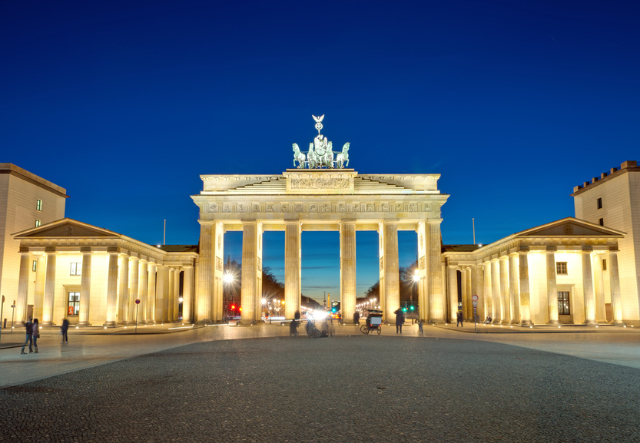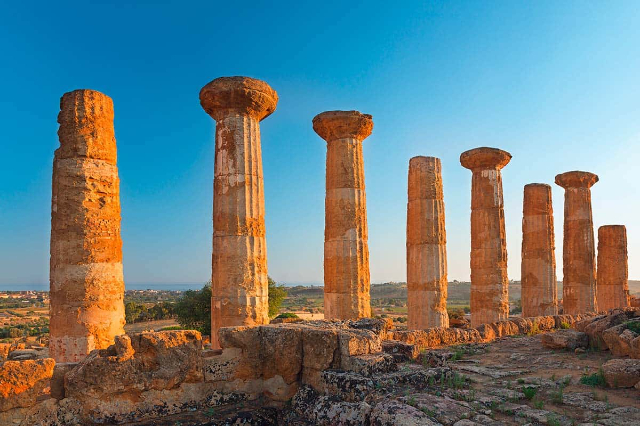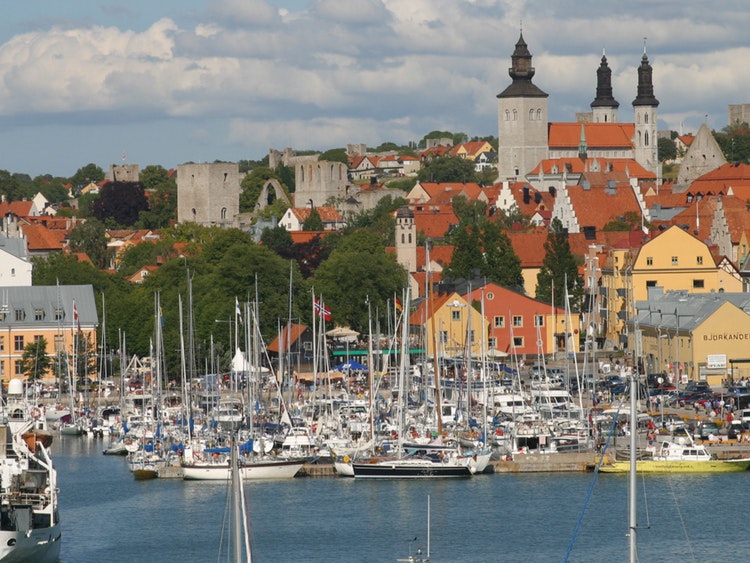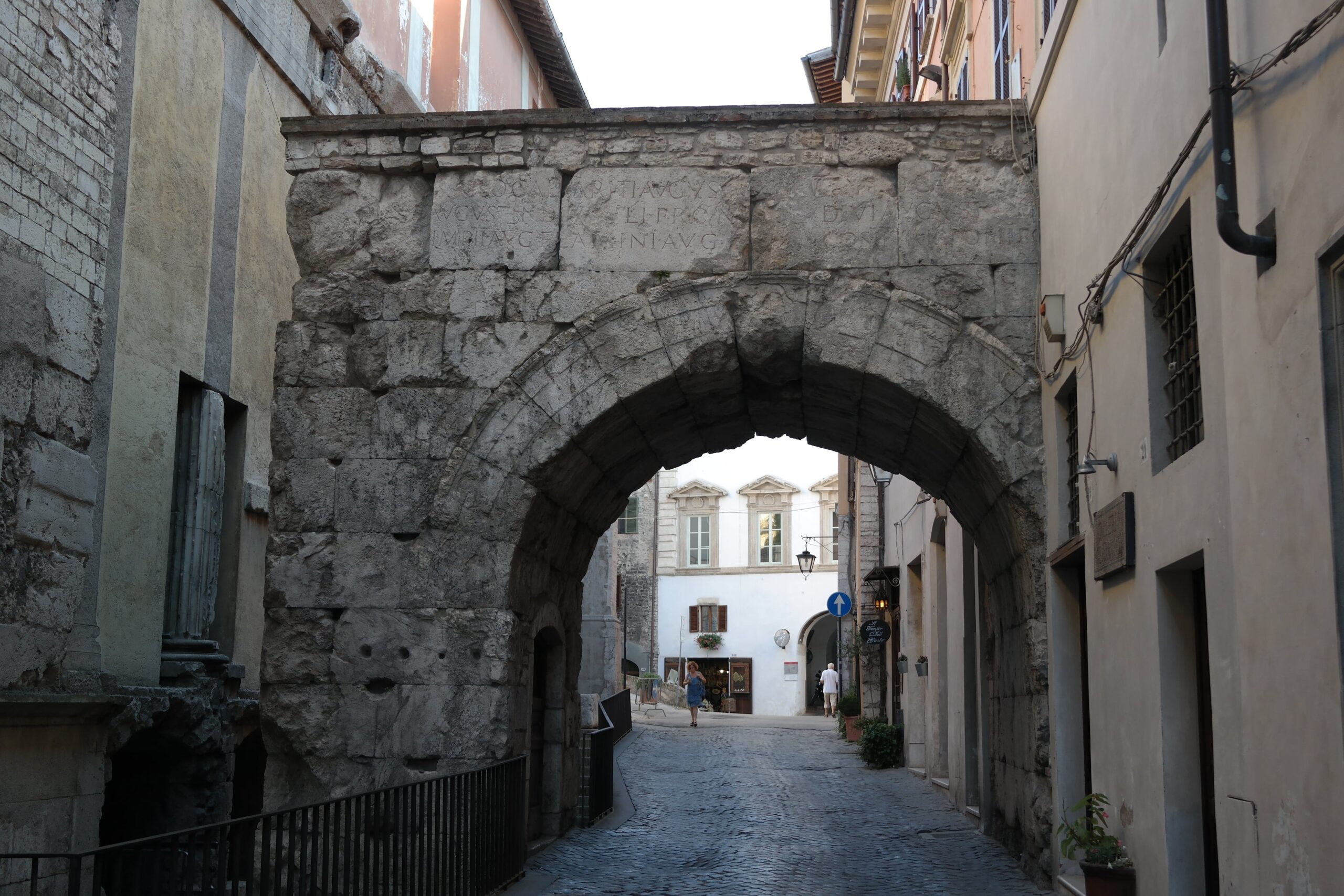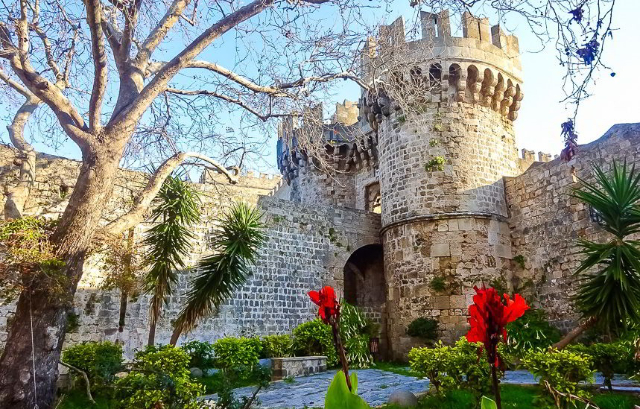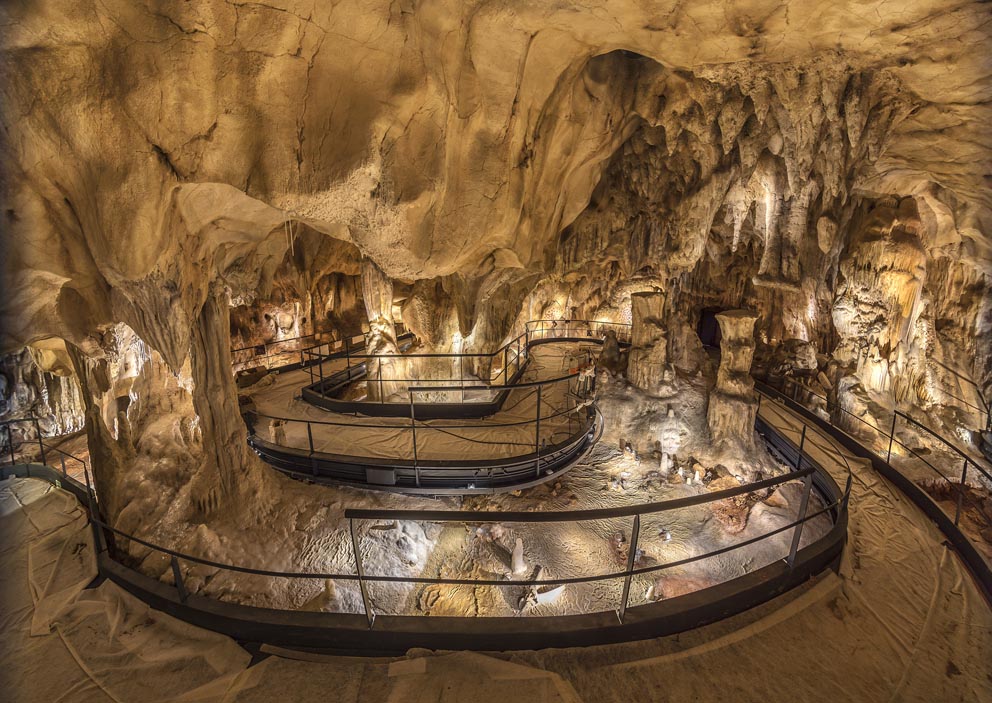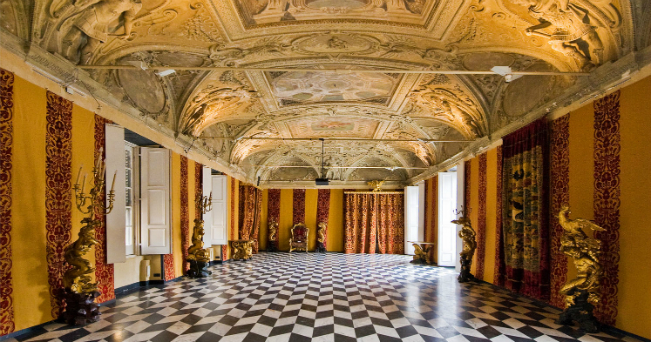<p><span style="font-size: 14pt;">The Brandenburger Tor also known as the Brandenburg Gate is one of Berlin’s most visited attractions and one that once symbolized the divided city of Berlin for many years. </span></p>
<p><span style="font-size: 14pt;">A symbol of German division during the <strong>Cold War</strong>, it is now a national symbol of peace and unity.</span></p>
<p><span style="font-size: 14pt;">The gate served as the main entrance to the city of Berlin when it was first built while much later, before the two parts were united, visitors would come to <strong>Brandenburg Gate </strong>to climb to its observation tower simply to see the other part.</span></p>
<p> </p>
<p><span style="font-size: 14pt;">Designed in 1791 close to the <a href="https://www.introducingberlin.com/pariser-platz">Pariser Platz</a>, in the center of Berlin, it is one of the most renowned monuments of Berlin.</span></p>
<p><span style="font-size: 14pt;">The neoclassical gate stands 26-meters high and was inspired by the Acropolis of Athens.</span></p>
<p><span style="font-size: 14pt;">In 1795 the monument was crowned with a chariot drawn by four horses heading into the city, known as the Quadriga. The bronze statue represents the Goddess of Victory. The original sculpture was destroyed during World War II, so it was replaced by an exact replica made in West Germany in 1969.</span></p>
<p><span style="font-size: 14pt;">The Gate is held up by twelve columns with five passageways. From its inauguration until 1918, the central access was exclusively for the members of the German Royal Family and members of the Bourgeoisie.</span></p>
